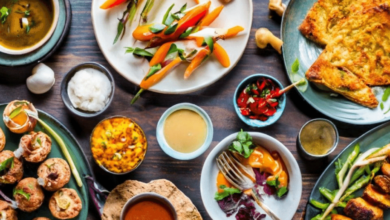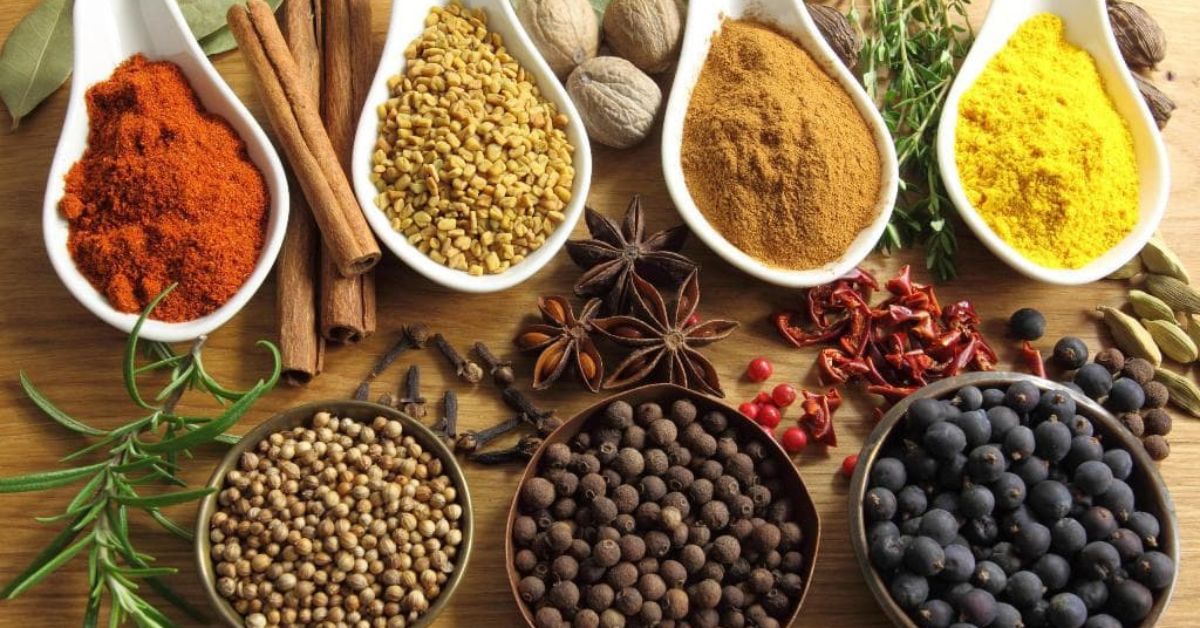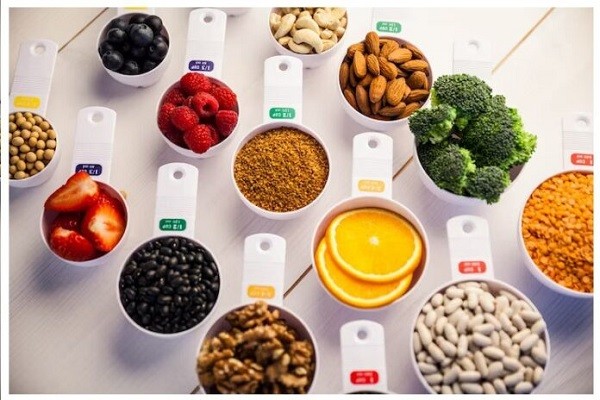Exploring the Art of Tortillando: A Culinary Delight

In the vast world of culinary arts, a term has been gaining momentum and capturing the taste buds of food enthusiasts – “tortillando.” This unique and flavorful technique has become synonymous with making tortillas, elevating the humble flatbread to a new gastronomic delight. In this article, we’ll delve into the intricacies of tortillando, exploring its origins, the process involved, and the diverse array of dishes it has inspired.
The Origin of Tortillando
Tortillando is deeply rooted in Mexico’s rich culinary traditions, where tortilla preparation is considered an art form. The term combines “tortilla,” the thin, unleavened flatbread, and the suffix “-Ando,” suggesting a process or action. This amalgamation describes the meticulous and skilled technique of creating these delectable delights.
Historically, the indigenous peoples of Mexico were crafting tortillas long before the arrival of the Spanish conquistadors. Traditionally made from maize dough or masa, tortillas were a staple in the Mesoamerican diet. The process of tortillando involves shaping the masa into flat rounds, which are then cooked on a hot surface, typically a comal, a flat grill. Over time, this culinary practice evolved, giving rise to various variations and regional specialties.
The Tortillando Technique
The heart of tortillando lies in the technique employed to create these thin, circular wonders. The process begins with the preparation of masa, a dough made from ground maize mixed with water. The masa is then divided into small portions, rolled into balls, and flattened to create the characteristic round shape. Here’s where tortillando takes center stage.
On a hot comal or grill, the flattened masa is placed, and the artistry of tortillando comes to life. The cook must skillfully flip and turn the tortilla, ensuring even cooking and that distinctive combination of a slightly crispy exterior and a soft, doughy interior. This rhythmic dance on the grill sets tortillando apart, requiring a keen eye and a practiced hand to achieve perfection.
Tortillando in Modern Cuisine
While the traditional tortillando technique remains a cherished practice, contemporary chefs and home cooks have taken this art to new heights, infusing creativity and innovation into the process. The classic corn masa has given way to experiments with different grains and ingredients, resulting in diverse flavored tortillas. Spinach-infused, beetroot-tinged, or even squid ink-tinged tortillas are just a few examples of how tortillando has evolved to suit modern tastes.
Moreover, tortillando has extended beyond its traditional role as a vessel for holding fillings. From tortilla chips to tortilla bowls, the versatility of tortillando is showcased in various forms across global cuisines. The art of tortillando has transcended borders, influencing Mexican cuisine and becoming an international culinary phenomenon.
Tortillando Delicacies
An exploration of tortillando would only be complete with a nod to the myriad dishes that showcase this technique. Tacos, the quintessential Mexican street food, owe their deliciousness to the perfectly executed tortilla. Enchiladas, quesadillas, and chilaquiles are just a few more examples of dishes that rely on tortillando to achieve their distinctive textures and flavors.
Beyond savory delights, tortillando has even made its mark in desserts. Dessert tacos filled with sweet treats like chocolate, fruit, or caramelized nuts showcase the adaptability of this culinary technique. The sweet and savory marriage in these creations highlights the versatility of tortillando in satisfying diverse palates.
Conclusion
In culinary arts, few techniques embody tradition, skill, and creativity as seamlessly as tortillando. Originating in the heart of Mexico, this age-old practice has evolved into a global culinary sensation. Whether you’re savoring a classic street taco or indulging in a modern fusion dish, the art of tortillando is at the core of the experience, transforming a simple flatbread into a canvas for culinary masterpieces. So, the next time you take a bite of a perfectly crafted tortilla, savor the flavors and appreciate the artistry of tortillando.



